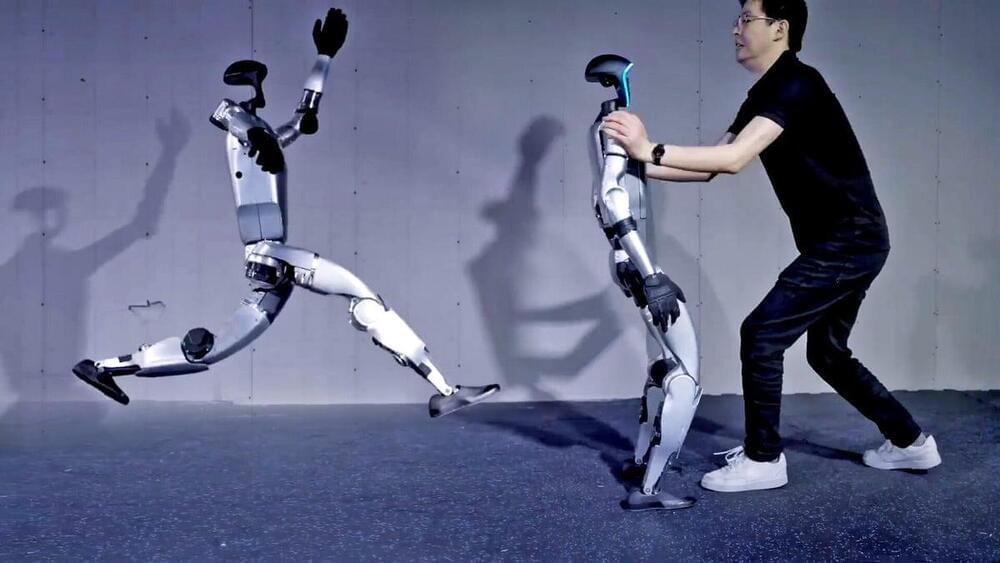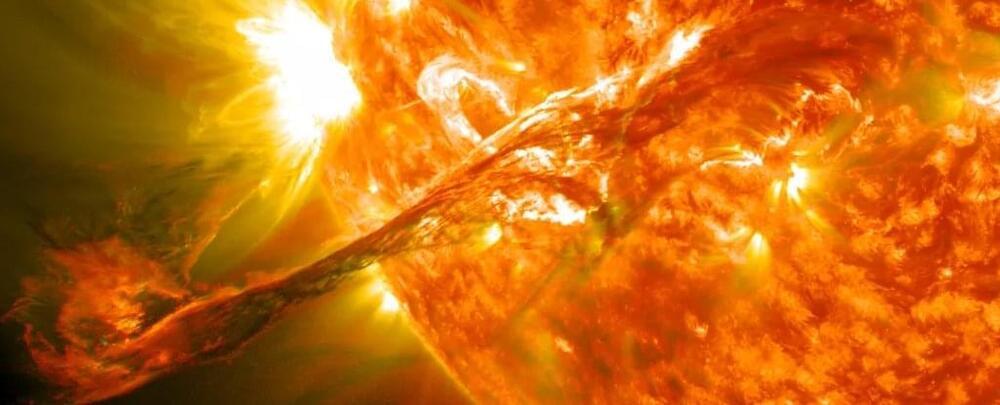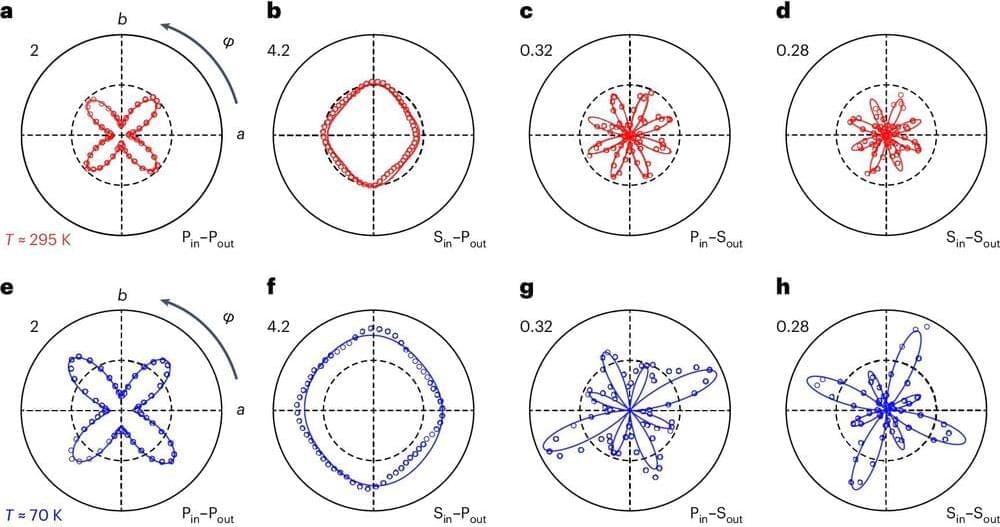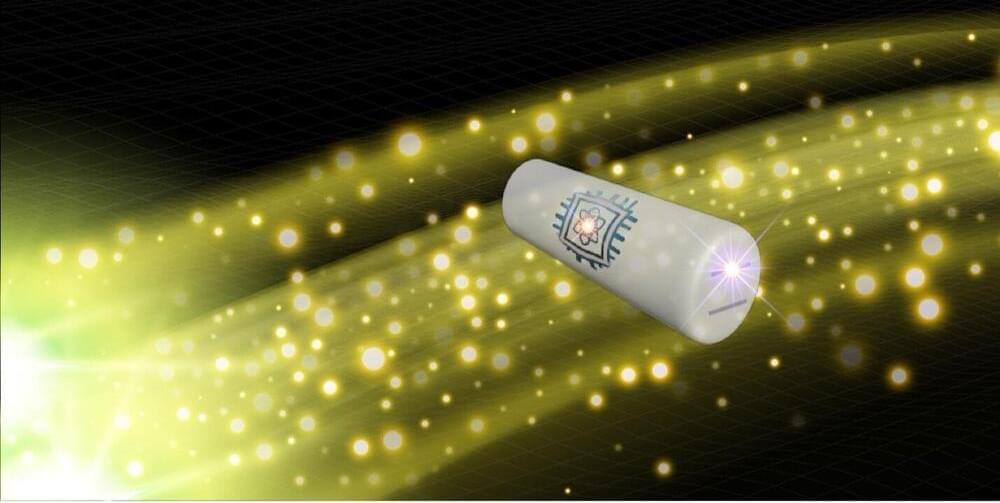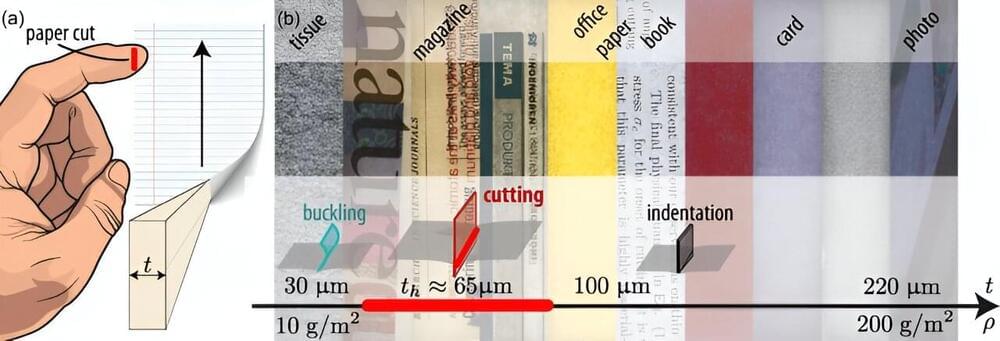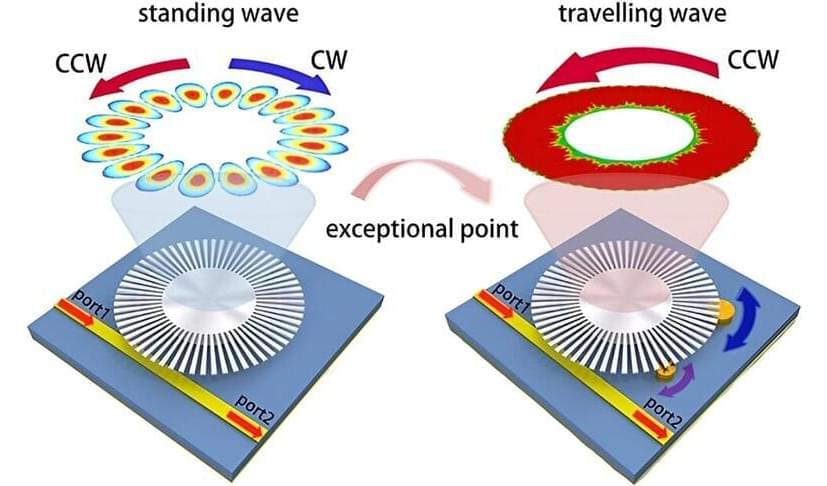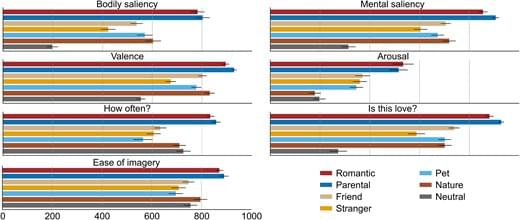
Abstract. Feelings of love are among the most significant human phenomena. Love informs the formation and maintenance of pair bonds, parent-offspring attachments, and influences relationships with others and even nature. However, little is known about the neural mechanisms of love beyond romantic and maternal types. Here, we characterize the brain areas involved in love for six different objects: romantic partner, one’s children, friends, strangers, pets, and nature. We used functional magnetic resonance imaging (fMRI) to measure brain activity, while we induced feelings of love using short stories. Our results show that neural activity during a feeling of love depends on its object. Interpersonal love recruited social cognition brain areas in the temporoparietal junction and midline structures significantly more than love for pets or nature. In pet owners, love for pets activated these same regions significantly more than in participants without pets. Love in closer affiliative bonds was associated with significantly stronger and more widespread activation in the brain’s reward system than love for strangers, pets, or nature. We suggest that the experience of love is shaped by both biological and cultural factors, originating from fundamental neurobiological mechanisms of attachment.
